4 Ways To Get More Money Into Your 401K Plan
As we near the end of the first quarter of 2025, it’s the perfect time to check in on your retirement contributions, especially if you’re aiming to maximize your company-sponsored retirement accounts. Whether you have a 401(k), 403(b), or 457 plan, there are a number of strategies to ensure you're contributing the most money possible to your retirement savings.
In this post, I’ll break down four key strategies that can help you contribute the maximum allowable amount to your retirement plan for 2025.
1. Maximize Contributions for Those Under 50
For 2025, if you're under 50, the maximum you can contribute to your 401(k) or similar plan is $23,500. If you get paid twice a month (24 pay periods), this comes out to about $979.16 per pay period. If you get paid every two weeks (26 pay periods), it’s about $903.84 per pay period.
If you want to hit that $23,500 goal but are already a quarter of the way through the year, you’ll need to adjust. Let’s say you want to contribute an additional $20,000 between now and the end of the year, and you get paid twice a month (18 pay periods left). In this case, you would need to contribute $1,111.11 per pay period to meet that goal.
To make these adjustments, log into your 401(k) plan and either specify a dollar amount or a percentage of your salary. If you’re unsure how to do this, your employer’s HR department should be able to assist you.
2. Catch-Up Contributions for Those Over 50
If you’re over 50, you can take advantage of a catch-up contribution of an additional $7,500, bringing your total contribution limit for 2025 to $31,000. This is a great opportunity to boost your savings as you approach retirement.
If you haven’t yet maxed out your contributions and you want to do so, recalculating how much to contribute for the rest of the year is crucial. By adjusting your contributions now, you can take full advantage of this higher contribution limit without missing out.
For example, if you’re looking to hit the $31,000 mark but haven’t reached that target yet, calculate how much you need to contribute each pay period to meet your goal by December 31st. This would be a similar calculation to the one we did above, just replacing the total contribution limit.
3. The "Super" Catch-Up Contribution (For Ages 60-63)
Thanks to the SECURE Act 2.0, a new provision was introduced for individuals between the ages of 60 and 63. If you fall into this age range, you can make an even higher catch-up contribution of $11,500 (up from the standard $7,500). This is an excellent opportunity to save even more as you get closer to retirement.
However, not all 401(k) plans have been updated to include this super catch-up option, so be sure to check with your plan administrator to ensure your plan allows for this larger contribution. If your plan does allow it, make sure to recalculate your contribution amount to ensure you hit the new limit.
4. After-Tax Contributions & The Mega Backdoor Roth IRA
One of the most powerful (but often overlooked) ways to save more for retirement is through after-tax contributions. In addition to the $23,500 (or $31,000 if you’re over 50), the IRS allows for a total contribution limit of $70,000 for 2025, combining both employee and employer contributions.
If your plan allows for after-tax contributions, you can contribute even more. For example, if your employer is already contributing to your 401(k) (say, a 3% match), and you’re maxing out your contributions at $31,000, you could still contribute an additional $37,100 in after-tax dollars.
After-tax contributions are taxed when you contribute them, but they can be converted into a Roth 401(k), allowing any growth to be withdrawn tax-free in retirement. This strategy, known as the Mega Backdoor Roth IRA, can be a game-changer if your employer’s 401(k) plan allows for in-plan Roth conversions.
However, not all 401(k) plans allow for after-tax contributions or Roth conversions, so you’ll need to check with your employer to see if these options are available.
Bonus Tip: Use a Taxable Brokerage Account for More Flexibility
If your 401(k) plan doesn’t allow after-tax contributions or you simply want more flexibility with your retirement savings, you might consider opening a taxable brokerage account. With a taxable account, you can invest in a wide range of assets like stocks, ETFs, and mutual funds. There’s no limit to how much you can contribute, and you can access your money whenever you need it—no age restrictions like in retirement accounts.
To minimize taxes on your investments, consider investing in index funds or ETFs. These investment vehicles are generally tax-efficient because they generate fewer taxable events (like capital gains) unless you sell them. As you build wealth in a taxable account, you’ll only pay taxes on capital gains and dividends when you sell, and if you’re in a lower tax bracket, your capital gains could even be taxed at 0%.
Closing Thoughts
Maximizing your retirement contributions is one of the best ways to secure a financially comfortable retirement. By utilizing these strategies, including catch-up contributions, after-tax contributions, and taking advantage of your employer’s plan features, you can supercharge your savings and ensure you're on track to reach your retirement goals.
As always, check with your plan administrator to see what options are available to you. Don’t wait until the end of the year—take action now to make the most of your retirement savings opportunities!
If you have a question or topic that you’d like to have considered for a future episode/blog post, you can request it by going to www.retirewithryan.com and clicking on ask a question.
As always, have a great day, a better week, and I look forward to talking with you on the next blog post, podcast, YouTube video, or wherever we have the pleasure of connecting!
Written by Ryan Morrissey
Founder & CEO of Morrissey Wealth Management
Host of the Retire with Ryan Podcast




